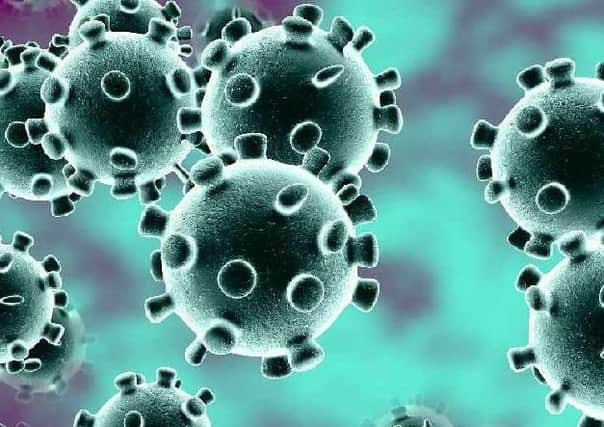Lincolnshire coronavirus: County moving up to Tier 4


This includes the City of Lincoln, Boston, South Kesteven, West Lindsey, North Kesteven, South Holland and East Lindsey.
Neighbouring counties Leicestershire, Nottinghamshire, Derbyshire, Northamptonshire will also move into tier 4.
Advertisement
Hide AdAdvertisement
Hide AdThis comes as Tuesday saw national cases increase by 53,135 to 2,382,865, the highest daily rise recorded ever.
Health and Social Care Secretary Matt Hancock made the decision to limit the spread of the virus as case rates rise across the country.
The Midlands, North East, parts of the North West and parts of the South West are among those escalated to Tier 4, with almost all remaining areas escalated to Tier 3.
Spread of the new strain of COVID-19 is increasing in the South West, Midlands and parts of the North West, say health chiefs.
Advertisement
Hide AdAdvertisement
Hide AdSimilar to the November lockdown, tier 4 means non-essential shops, hairdressers, and leisure and entertainment venues must close, and people need to “stay at home”.
As a result, health workers are said to be “back in the eye of the storm” according to NHS England’s chief executive Simon Stevens.
Wednesday saw the Oxford University/AstraZeneca vaccine being approved by the UK medicines regulator, raising the hopes of a rapid scale-up of vaccination against COVID-19 within days.
The second dose of the coronavirus vaccines will now be given later than originally planned, so more people can be given the first dose, according to experts.
Advertisement
Hide AdAdvertisement
Hide AdBetween December 18 and 24 the weekly case rate in England rose to 402.6 per 100,000, a 32 per cent increase on the previous week. The NHS reports 14,915 patients have been admitted to hospital with COVID-19 in the past week, an 18 per cent increase on the week before.
Evidence shows the new strain of COVID-19 is increasing in the South West, Midlands and parts of the North West. The majority of the cases identified in London, the South East and the East of England are of the new variant. Infection rates have increased faster than expected in these areas where the new strain has been circulating and stronger measures are required to get the virus under control.
Rates in the East Midlands have increased to 256.1 per 100,000, a 17 per cent increase on the previous week. Rates in the West Midlands have increased to 273.5 per 100,000, a 23 per cent increase on the previous week. In the North West, rates have increased by 31 per cent to 223.9 per 100,000. In the South West, there has been a 37 per cent increase in cases to 175.1 cases per 100,000. While rates in the South West may be lower than other areas, the data shows a sharp upwards trajectory, say government officials.
Winter is always the most difficult time of year for the NHS and an increase in COVID-19 infections is followed closely by a rise in hospitalisations and, after a lag, an increase in deaths. The government says it is vital everyone plays their part by following the regional tiered restrictions in their area to bring down infections, save lives and reduce pressures on the NHS this winter.
Advertisement
Hide AdAdvertisement
Hide AdAll clinically extremely vulnerable individuals will be asked to shield if they live in Tier 4 areas. People will be sent a letter or email with advice and details of support. In the meantime they should follow the shielding advice set out on GOV.UK.
Tier 3 and 4 areas will continue to be prioritised for community testing, with more than 100 local authorities now having signed up to the enhanced testing support programme, including Lincolnshire.
Data assessed includes how quickly case rates are going up or down, cases in the over 60s, pressure on the NHS and local circumstances.